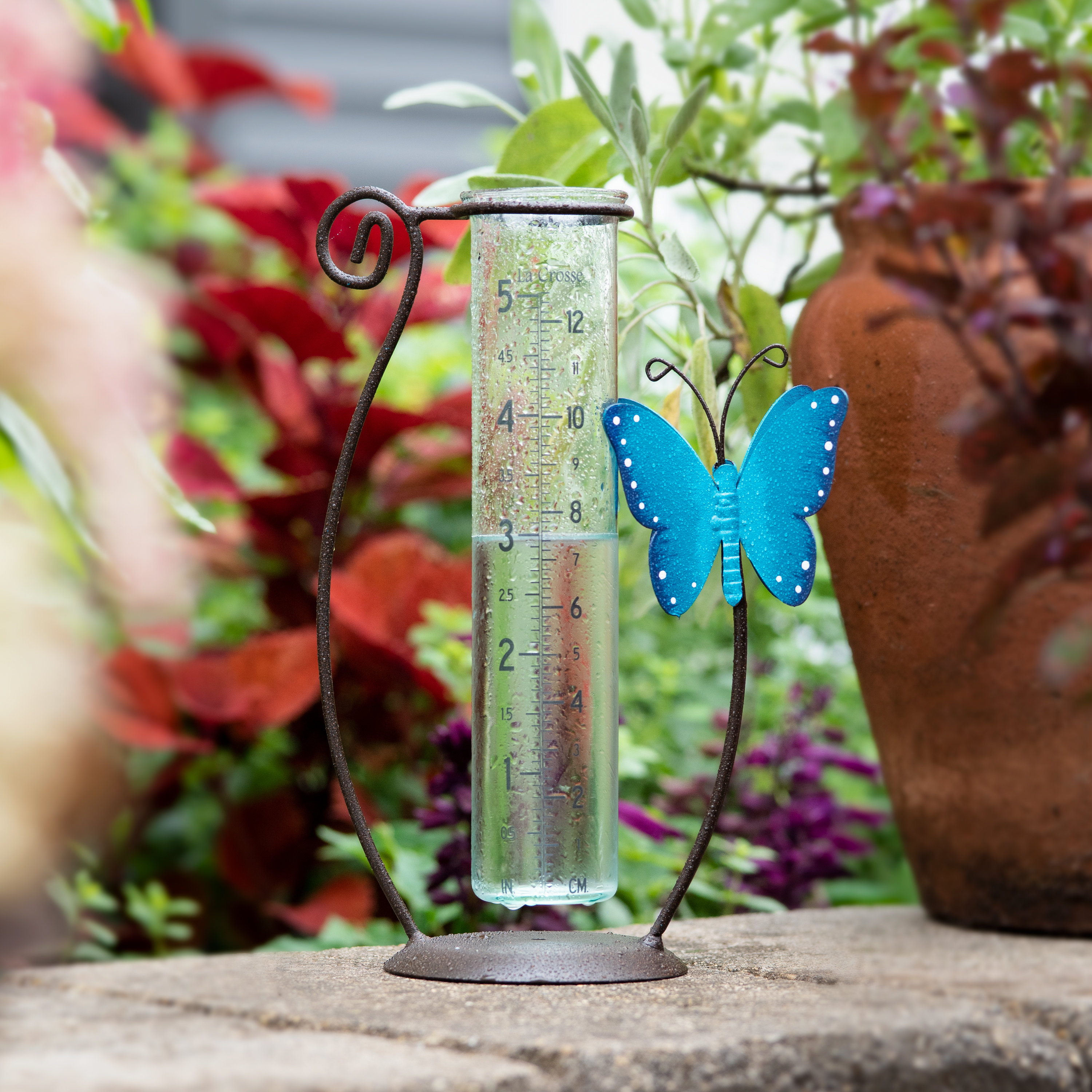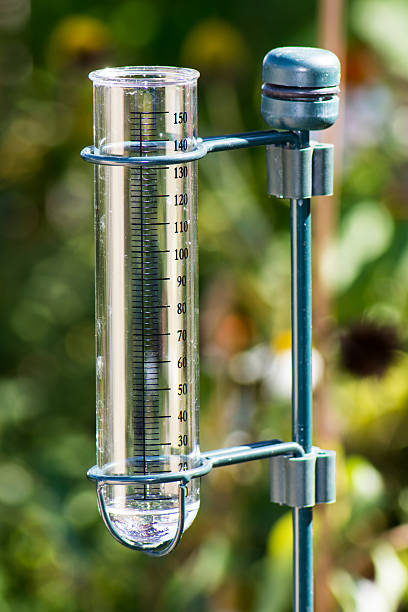The Rain Gauge: Enhancing Agricultural and Environmental Keeping An Eye On Efforts
The Rain Gauge: Enhancing Agricultural and Environmental Keeping An Eye On Efforts
Blog Article
How to Select the Right Rain Gauge for Accurate Rainfall Information
To acquire reputable measurements, it is important to select the right rain scale. Taking into consideration factors such as area, type, and precision of the rainfall scale will assist ensure accurate information collection. Additionally, recognizing the maintenance and calibration procedures will add to the longevity and integrity of your rainfall scale.
Importance of Choosing the Right Rainfall Scale
The relevance of selecting the appropriate rainfall gauge depends on acquiring accurate and dependable rainfall information for exact atmospheric analysis. Rainfall data is essential for a variety of applications, consisting of climate forecasting, hydrological modeling, and climate study. Inaccurate or unreliable information can result in incorrect verdicts and flawed decision-making processes.

Second of all, the accuracy and precision of the rain gauge are critical. The scale must have the ability to measure rains with high accuracy, catching also little amounts of precipitation accurately. It ought to additionally decrease errors due to dissipation, wind, and various other environmental factors. Routine calibration and upkeep are important to guarantee continuous accuracy.
Furthermore, the place and setup of the rain scale are important factors to consider. It must be put in an open area, far from blockages that can affect rains measurements. The gauge must be positioned at an ideal elevation and angle to avoid spilling and make sure proper catchment of rainwater.
Elements to Think About When Choosing a Rain Scale
When picking a rain gauge, there are several key factors to consider. There are different kinds offered, including typical rainfall gauges, tipping bucket rainfall determines, and considering rain assesses.
An additional element to think about is the material of the rainfall scale. Rainfall determines can be constructed from numerous products, such as plastic, glass, or steel. The material chosen should be resistant and resilient to weather, guaranteeing that the rain gauge will certainly stand up to the components and supply exact measurements gradually.
Precision is likewise a vital aspect to think about. Search for rainfall evaluates that have been adjusted and checked for accuracy. Features such as anti-splash rings and funnels can also improve the precision of the dimensions.

Finally, think about the environment and setting in which the rainfall scale will certainly be utilized. Various rain gauges are appropriate for different climates, so it is necessary to select one that is ideal for the conditions in your location.
Various Kinds Of Rain Gauges Offered
To further check out the variables to think about when picking a rainfall gauge, it is crucial to understand the different kinds of rainfall gauges available. There are numerous types of rain evaluates, each with its very own benefits and drawbacks. One of the most usual type is the common rain gauge, also referred to as the round rain scale. This kind consists of a straight-sided cylindrical container with a funnel-shaped top. It is easy to utilize and supplies precise dimensions of rains.
Another kind of rain scale is the tipping container rain scale. As the rain drops into the scale, it fills up one side of the container, triggering it to tip and empty the water.
A third kind of rain gauge is the considering rain scale. This gauge uses a balance system to determine the weight of the collected rains. As the rain drops into the scale, it is collected in a container attached to a balance. The weight of the water is gauged, and the rainfall quantity is calculated based upon the weight. Evaluating rainfall evaluates are very precise yet find out this here can be extra pricey and need normal maintenance.
Ultimately, there are also remote rainfall gauges that use progressed modern technology to measure rainfall (The Rain Gauge). These assesses use sensing units and transmitters to send data wirelessly to a main device. Remote rain determines are practical for keeping track of rainfall in hard-to-reach locations or for massive data collection
How to Figure out the Precision of a Rain Gauge
One method to analyze the accuracy of a rain scale is by performing normal calibration measurements. Calibration includes contrasting the analyses of a rainfall gauge to a typical measurement, such as a qualified rain scale or a climate station with high precision. By contrasting the dimensions, any kind of inconsistencies or mistakes in the rainfall scale can be identified and represented.
To carry out a calibration dimension, begin by gathering rains information from both the rain scale and the standard measurement device over a specific period, such as a month. Then, compare the readings and determine the difference between them. This difference is known as the calibration error.
It is very important to keep in mind that calibration dimensions ought to be done on a regular basis, as ecological elements, such as wind, temperature level, and debris, can influence the accuracy of the rainfall gauge in time. By performing normal calibrations, any type of modifications in the accuracy of the rainfall gauge can be identified and changes can be made appropriately.
Along with calibration, it is likewise advised to this page tidy and preserve the rain gauge regularly to guarantee its precision. Get rid of any particles or obstructions that may influence the precision of the measurements, and look for any signs of damage or use that might need repair services or substitute.
Tips for Keeping and Adjusting Your Rainfall Gauge
Regular maintenance and calibration are vital for making sure the precision and integrity of your rain scale in gauging rainfall data (The Rain Gauge). By complying with a couple of easy suggestions, you can ensure that your rain gauge is appropriately maintained and calibrated
To start with, it is necessary to cleanse your rainfall gauge regularly to prevent any particles or dirt from obstructing the rain collection mechanism. Utilize a soft brush and a mild detergent to gently clean the inside and beyond the gauge. Rinse it thoroughly with clean water and allow it to completely dry totally before reinstalling it.
Second of all, it is advised to adjust reference your rain scale at the very least annually. Calibration entails contrasting the dimensions of your rain gauge with those of a trusted and accurate referral scale. This will assist you determine and correct any potential errors in your rainfall scale's dimensions.
To calibrate your rain scale, collect a recognized volume of water utilizing a gauging container and contrast it with the dimensions recorded by your rain scale. Readjust the readings accordingly to ensure accuracy.

Final Thought
In conclusion, picking the ideal rain scale is critical for obtaining precise rains data. Variables such as budget plan, location, and objective should be considered when picking a rain scale.
There are different types offered, consisting of basic rainfall evaluates, tipping bucket rain determines, and considering rain assesses.To additionally discover the factors to think about when selecting a rain gauge, it is crucial to recognize the different types of rain determines available. The most usual type is the typical rain scale, additionally recognized as the round rainfall gauge.An additional type of rainfall gauge is the tipping pail rain gauge. Calibration involves comparing the readings of a rainfall scale to a conventional dimension, such as a licensed rainfall scale or a climate terminal with high accuracy.
Report this page